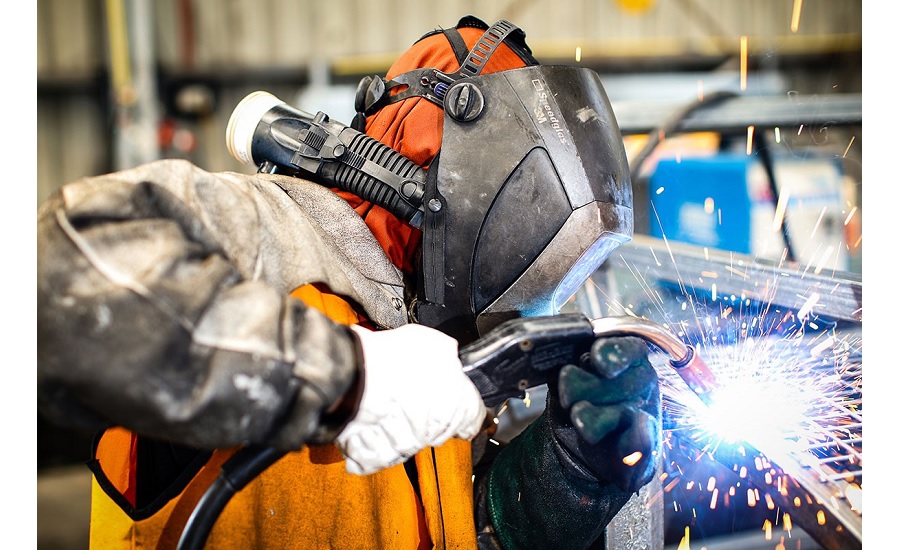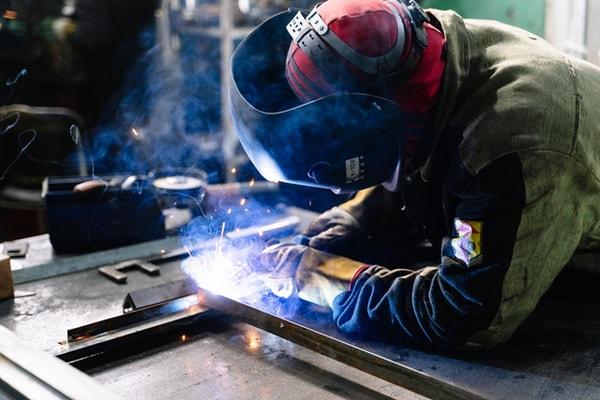The Ultimate Overview to Welding WPS Procedures: An Extensive Summary for Welders
In the complex globe of welding, Welding Treatment Specs (WPS) function as the foundation of guaranteeing high quality, uniformity, and safety in welding operations. Recognizing the subtleties of developing, implementing, and keeping an eye on WPS treatments is essential for welders seeking to boost their craft and satisfy sector criteria. As we look into the different parts of a WPS and explore the ins and outs of credentials and certification, we will discover the crucial duty these procedures play in the world of welding. Let's get started on a trip to unravel the complexities and relevance of WPS procedures in welding techniques.
Value of WPS Procedures
Comprehending the significance of Welding Procedure Specs (WPS) treatments is critical for making certain the top quality and honesty of bonded structures. WPS treatments function as a roadmap for welders, detailing the necessary actions, specifications, and products called for to attain an audio weld. By adhering to WPS standards, welders can ensure consistency in their job, causing trustworthy and structurally sound welds.
One of the key reasons why WPS procedures are necessary is their duty in maintaining weld quality and stability. Following the defined welding criteria and methods laid out in the WPS helps protect against defects such as porosity, splitting, or insufficient fusion, which can endanger the stamina and longevity of the weld.

Elements of a WPS
A Welding Treatment Requirements (WPS) usually makes up crucial parts that detail the certain demands for performing a weld, ensuring consistency and high quality in the welding procedure. The crucial elements of a WPS consist of necessary variables such as base steels, filler steels, preheat and interpass temperature levels, welding procedures, protecting gases, welding positions, and post-weld heat treatment requirements.
Base steels refer to the materials being joined, while filler metals are used to fill up the space between the base steels throughout welding. The welding procedure outlines the particular strategy to be made use of, whether it's gas steel arc welding (GMAW), protected steel arc welding (SMAW), or an additional technique. Welding placements define the alignments in which welding can be executed.

Credentials and Certification
Having actually developed the crucial components of a Welding Procedure Spec (WPS), the emphasis currently moves in the direction of the vital aspects of credentials and certification in welding practices.

Certification, on the various other hand, is the formal recognition of a welder's certifications by an appropriate accreditation body or organization. Welding certifications are commonly based on the details welding procedures, materials, and settings a welder is qualified to deal with. Holding a valid welding certification demonstrates that a welder fulfills industry standards and is competent to perform welding tasks to the needed specs.
Developing a WPS
To create a Welding Treatment Requirements (WPS) that meets industry criteria, mindful consideration of welding processes, materials, click for source and functional parameters is crucial (welding WPS). The initial step in producing a WPS is to recognize the welding procedure to be used, such as gas steel arc welding (GMAW) or shielded metal arc welding (SMAW) As soon as the welding procedure is established, the following important facet is selecting the suitable materials, thinking about aspects like base steel type, density, and joint layout. Operational criteria such as welding current, voltage, travel rate, and shielding gas structure need to also be thoroughly specified in the WPS.

Carrying Out and Monitoring WPS
Upon completing the extensive Welding Treatment Spec (WPS) that diligently details welding procedures, products, functional criteria, and quality control actions, the emphasis changes to efficiently applying and monitoring the recognized procedures. Implementation involves making sure that all welders associated with the job are familiar with the WPS and follow it thoroughly throughout the welding procedure. This needs supplying appropriate training and supervision to guarantee adherence to the defined treatments. Checking the look at these guys WPS involves continual oversight to validate that welding tasks line up with the recorded specifications. Inspections, screening, and quality assurance actions are essential components of the surveillance procedure to determine any type of variances or problems immediately. Normal audits and testimonials of the welding treatments assist in keeping consistency and high quality throughout the project. Reliable implementation and monitoring of the WPS are critical for ensuring the integrity, stamina, and safety and security of the welded joints, ultimately adding to the general success of the welding project.
Final Thought
To conclude, understanding and following Welding Procedure Requirements (WPS) is important for welders to ensure high quality, consistency, and safety and security in their job. By recognizing the elements of a WPS, obtaining proper qualifications and qualifications, creating in-depth treatments, and implementing and monitoring them properly, welders can enhance their skills and effectiveness in welding techniques. Following WPS procedures is necessary for creating top notch welds and meeting market criteria.
In the detailed globe of welding, Welding Treatment Specs (WPS) offer as the foundation of guaranteeing high quality, uniformity, and safety and security in welding operations. The welding procedure details the specific technique to be used, whether it's gas metal arc welding (GMAW), protected steel arc welding (SMAW), or one more technique.To create a Welding Procedure Specification (WPS) that fulfills industry requirements, cautious consideration of welding processes, materials, and operational parameters is necessary. The initial step in producing a WPS is to identify the welding process to be utilized, such as gas steel arc welding (GMAW) or secured metal arc welding (SMAW)Upon finalizing the extensive Welding Treatment Requirements (WPS) that meticulously information welding procedures, products, functional specifications, and high quality assurance measures, the focus shifts to properly executing and monitoring the recognized treatments.